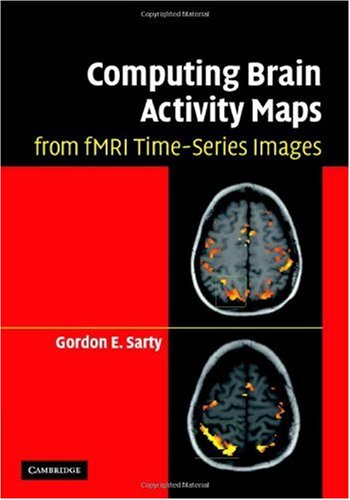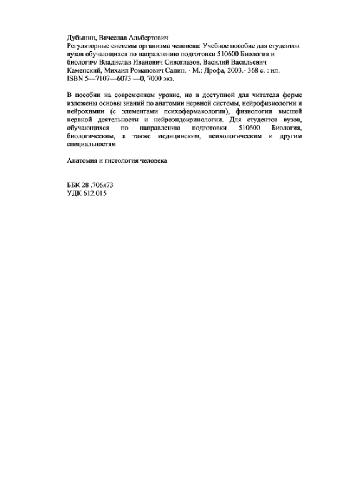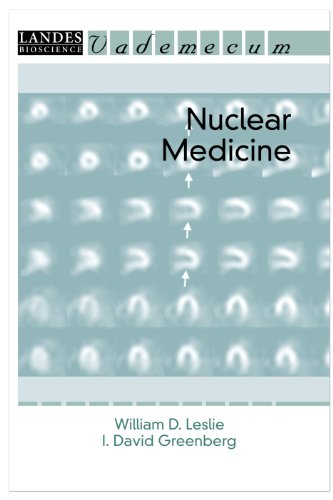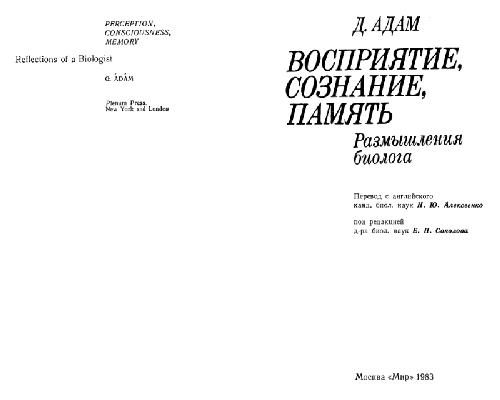Gordon E. Sarty0521868262, 9780521868266, 9780511261473
Table of contents :
Half-title……Page 3
Title……Page 5
Copyright……Page 6
Dedication……Page 7
Contents……Page 9
Preface……Page 11
1 Introduction……Page 13
1.1 Overview of fMRI technique……Page 14
1.2 Overview of fMRI time-series data processing……Page 15
1.3 Mathematical conventions……Page 17
1.4 Note on software availability……Page 19
2 Image preprocessing……Page 21
2.1 EPI ghost artifact reduction……Page 22
2.2 Geometric distortion correction……Page 23
2.3 Image alignment and head motion……Page 26
2.4.1 Drift……Page 30
2.4.2 Cardiac and respiratory signal……Page 31
2.4.3 Global signal removal……Page 34
2.4.4 Filtering techniques for noise removal……Page 36
2.4.5 Wavelet transform basics and wavelet denoising……Page 42
2.5 Anatomical transformations to standard brain spaces……Page 47
2.6 Attitudes towards preprocessing……Page 49
3 Experimental designs……Page 55
3.1 Blocked designs……Page 56
3.2 Event-related designs……Page 58
3.3 The influence of MRI physics on fMRI experiment design……Page 60
4.1 The GLM – univariate approaches……Page 62
4.1.1 Temporal smoothing……Page 67
4.1.2 Modeling the impulse response function……Page 68
4.1.3 Using the F statistic……Page 70
4.1.4 Nonlinear modeling: Volterra kernels……Page 72
4.1.6 Efficiency of GLM designs……Page 75
4.1.7 Noise models……Page 77
4.1.8 Type I error rates……Page 82
4.1.9 Combining and comparing activation maps between subjects……Page 85
4.2 Modeling the physiology of the hemodynamic response……Page 90
4.2.1 The balloon and other models……Page 96
4.2.2 Neural activity from hemodynamic deconvolution……Page 102
4.2.3 Hemodynamic and mental chronometry……Page 103
4.3 Other parametric methods……Page 107
4.4 Bayesian methods……Page 112
4.4.1 Bayesian versions of the GLM……Page 114
4.4.2 Multilevel models, empirical Bayes and posterior probability maps……Page 119
4.4.3 Random walk models……Page 122
4.5 Nonparametric methods……Page 123
4.6 Fourier methods……Page 125
4.7 Repeatability and comparisons of methods……Page 126
4.8 Real time fMRI and complementary methods……Page 129
5.1 The GLM – multivariate approaches……Page 130
5.1.1 Anatomically constrained analysis……Page 133
5.2 Principal and independent component methods……Page 135
5.2.1 Independent component analysis (ICA)……Page 138
5.2.2 Canonical correlation analysis……Page 141
5.2.3 Functional data analysis (FDA)……Page 142
5.2.4 Multivariate assessment of design matrices……Page 143
5.3 Wavelet methods……Page 145
5.3.1 Continuous wavelet transforms……Page 147
5.4 Clustering methods……Page 149
5.4.1 Temporal cluster analysis (TCA)……Page 154
5.4.2 Fuzzy clustering……Page 155
5.4.3 Vector quantization (VQ) and neural-network-based clustering……Page 159
5.4.4 Replicator dynamics……Page 160
5.5 Functional connectivity……Page 163
5.6 Effective connectivity……Page 165
5.6.1 Mental chronometry revisited……Page 166
5.6.2 Structural equation modeling (SEM)……Page 167
5.6.3 Vector autoregressive modeling (VAR)……Page 170
5.6.4 Variable parameter regression and Kalman filtering……Page 172
5.6.5 Dynamic causal modeling (DCM)……Page 173
6 Conclusion……Page 175
References……Page 177
Index……Page 201







Reviews
There are no reviews yet.